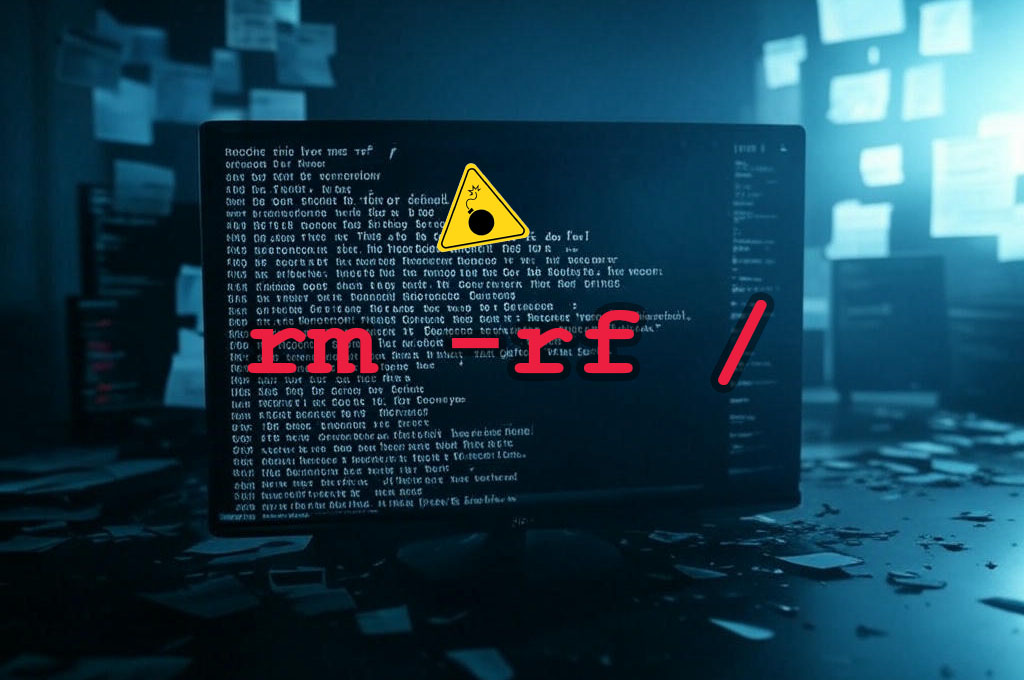The rm -rf / command is one of the most dangerous commands you can run on a Linux system. If executed without modern safeguards, it will systematically delete every file and folder on your computer, including essential system files needed for operation. This means your system will break down in real time, and once restarted, it will be completely unusable. Understanding why this happens and how modern distributions prevent it can help avoid catastrophic mistakes.
On modern Linux distributions, running rm -rf / won’t immediately destroy your system due to built-in safeguards. The rm command has been foolproofed, meaning that additional flags are required to enforce such a destructive operation. However, if these safeguards are bypassed, the command will execute precisely as instructed, leading to catastrophic consequences.
The command itself is quite simple: rm stands for “remove,” -f forces deletion without confirmation, and -r makes it recursive, deleting all files and directories within the specified path. Since / represents the root directory, running this command effectively erases every file and folder on the system. As a result, all programs, configurations, and critical system files will vanish, rendering the system unusable.
While the system appears to function momentarily, this is only because the user interface and applications remain temporarily loaded in RAM. However, once a reboot is attempted, it becomes impossible to restart the system – critical files, including the reboot command itself, have already been deleted. At this point, the operating system is entirely destroyed, leaving nothing but an empty shell consumed by the digital void.


Leave a Reply